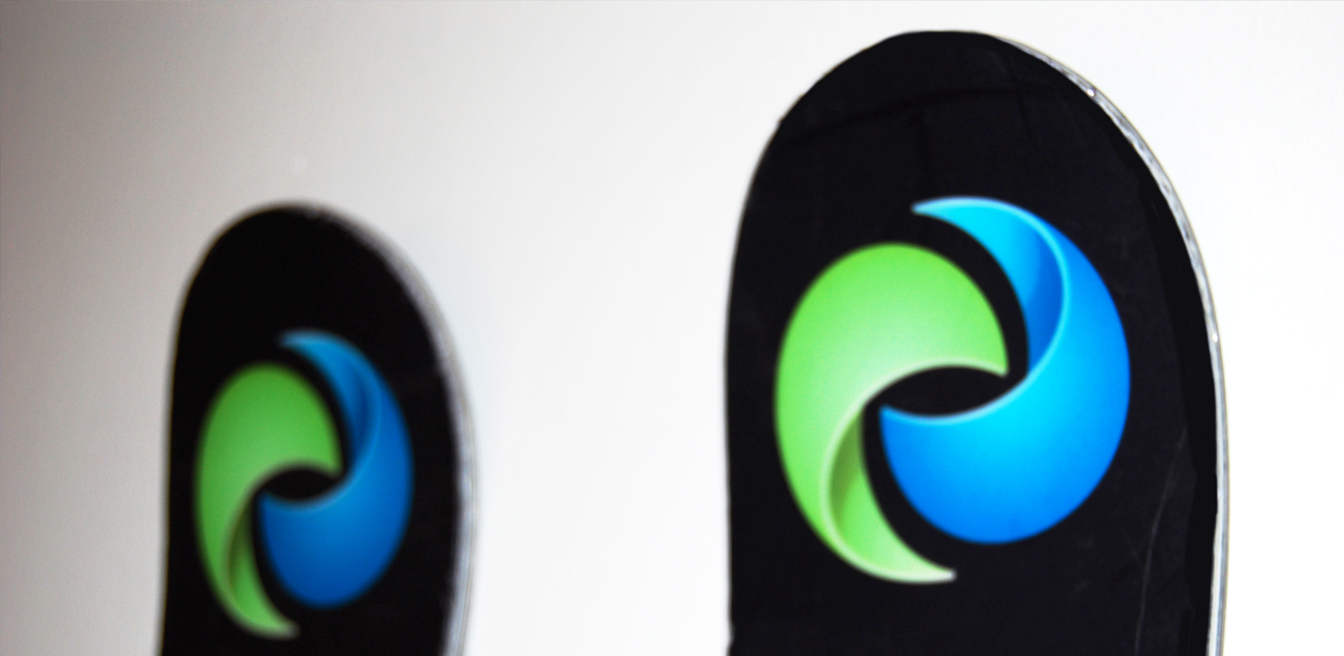An innovative procedure, able to modify the functional properties of surface of ski bases (running surface) made of ultra-high molecular weight polyethylene with the goal of increasing the maximum amount of absorbable wax was developed and patented by the Plasma Nano-Tech sector of Environment Park.
Through the use of atmospheric plasma jet technologies, namely the Openair and PlasmaPlus processes developed and patented by the German company Plasmatreat GmbH, Environment Park was able to patent the Plasma Ski process.
The bases of high performance and competition skies are currently made of ultra-high molecular weight polyethylene obtained by sintering polyethylene powders and additives in a cylindrical mould at a temperature between 250°C and 350°C and with 5 to 10 bar pressure, depending on the final density required. During The cooling phase, the volume contraction associated with the formation of crystalline spherulites creates microvoids located on the zones of contact of these spherules. The threedimensional structure thus obtained is typically microalveolar with cavities partly occluded by polymer residues. In addition, the walls that define the alveolar structure have an irregular geometry and terminate on the apical part with microridges turned back towards the centre of structure. This conformation makes the surface of the sole receptive with respect to ski wax, however, on account of the pollutants introduced by the sintering process and, above all, the fact that the abovementioned heating with an iron causes collapse towards the centre of the microridges, a considerable fraction of the volume theoretically available for receiving the ski wax is lost.
The revolutionary invention of Plasma Ski overcomes such limits: superficial treatment by means of atmospheric plasma technology – plasma jet – of ultra-high molecular weight polyethylene, makes it possible to remove the pollutants that occlude cavities of the alveolar structure of the sole and to reduce the microridges of the walls that have a tendency to collapse into these cavities following the heat treatment for the application of the ski wax, thus depositing on the surface functionalities able to improve its adsorption properties of the ski wax.
